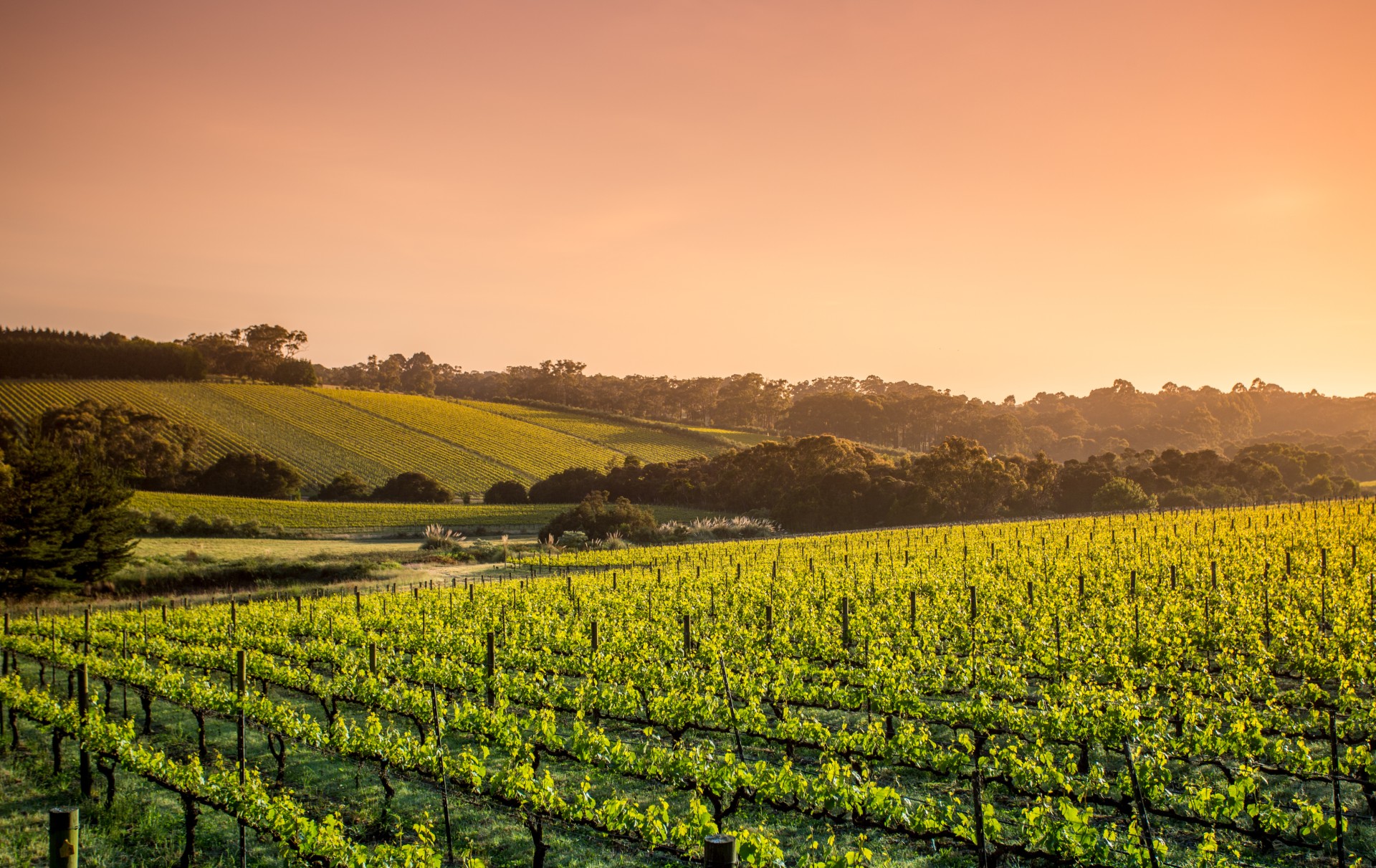‘The tide comes in, the tide goes out’: Christie’s long-term vision
The year or so since Adam Bilbey was appointed as global head of wine & spirits at auction house Christie’s has been a challenging time for the fine wine market – but the ex-Berry Bros man is determined to stay focused on delivering sustainable growth for the future. He spoke to Richard Woodard.

There’s a common thread that links the two new faces at the top of the world’s leading fine wine auction houses: both Adam Bilbey at Christie’s, and Nick Pegna at Sotheby’s, are former Berry Bros & Rudd executives with strong track records of working in Asia.
Indeed, the pair were colleagues for a time when Bilbey – who started his Berrys career at the age of 19 – moved out to the Far East in 2010. “It is little bit surreal, the fact that Nick is going to work for Sotheby’s,” Bilbey says. “He’s going to be the competition now, when we’ve nearly always been on the same side.”
Bilbey’s appointment to the post of Christie’s global head of wine & spirits at the start of 2022 was notable for the fact that, for the first time, the person in the top job would be based in Hong Kong. “I think to begin with, when I started, I was based in Asia, so it made sense to stay in Hong Kong because about 60% of bids were coming from the region,” Bilbey explains. “But what it does say is that the fine wine market today really is a global market.”
A global market, but one that is currently undergoing a difficult period of cooling prices after years of stellar growth – particularly in Asia, where the lingering effects of the Covid-19 pandemic have severely impacted international travel and the restaurant and bar trade.
“I definitely think it’s more challenging than it has been for some time,” Bilbey admits, highlighting the fact that, for younger wines available in greater volumes, “the price is the price and there’s not much upside”.
Nonetheless, he adds: “When you have a great single owner sale, I still think there is demand there, and people are willing to pay above the market. But now more than ever there has to be a really solid reason why they should buy a wine or pay above the market rate.”
This caution, he believes, will be around for a while – “I don’t see that changing in the short to medium term” – but Bilbey remains “very confident” in the future of China and Southeast Asia, where he detects strong pent-up demand, coupled with an increasingly influential base of younger collectors.
The focus on this new generation has been aided by some of the enforced changes that came in the Covid years of 2020 and 2021, when auction houses largely pivoted from live to digital sales. While Bilbey still has strong faith in the thrill of a crowded sale room – “there is
always going to be a time and place to celebrate and bring people to those great auctions” – he acknowledges that some changes will outlive the pandemic.
Partner Content
“The younger generation aren’t necessarily used to the old-school ways of physical catalogues,” he points out. “They are more used and open and receptive to having the presentation on their phones, and to having interactive catalogues.
“It’s all about making sure that you can do justice to the collections, to the wines, to the growers in an online format, as well as what you can do in that physical catalogue or live setting. What we’re trying to do is to blend and balance those models – and we’re getting
there.”
However collectors choose to navigate the auction process, there have been subtle changes in the wines they are targeting. Bilbey sees demand for Burgundy moving beyond the blue- chip names – Domaine Romanée-Conti, Leroy – to an ever-growing basket of different domaines and appellations, and then out to other regions such as Piedmont.
As prices rise, however, enthusiasm for Bordeaux is being rekindled, with Bilbey highlighting the region’s merits of consistency and quantities of readily available, mature vintages (he references 2001 and 2006). “Burgundy prices have gone incredibly high,” he points out. “If you look at what you can get from Bordeaux at the moment, you go ‘wow’. Collectors are looking for value, and it’s all about condition and provenance. People are definitely focusing on Bordeaux again now.”
While Bordeaux has been a staple of the secondary market for decades, spirits – and rare whisky in particular – is an altogether fresher phenomenon. Again, prices have shown signs of cooling in recent months, but Bilbey is confident that growth will continue. However, he
voices a little caution too.
“We’re not going to run into it and start chasing that market,” he says. “We want to be in that area and grow our spirits business, but we want to understand where our position is in that market. Are we competing with the online businesses like Whisky.Auction or Whisky
Auctioneer, or are we a vehicle to sell the really fine and rare things?”
More than a year into the Christie’s top job, Bilbey has a list of priorities for growth and diversification, whether that’s in terms of category – spirits, for example – or geography (“We’re an auction house that sells in America, the UK and Hong Kong – and that’s it”), or
exploring the primary, as well as secondary, market.
What unifies all of these areas is an unshakable focus on sustainable growth, rather than jumping on immediate trends. “It’s such an enjoyable challenge, and we’re lucky having full support from our senior board,” says Bilbey. “We have a vision for where we want to grow our wine and spirits business, and as long as it’s true to the Christie’s vision, there’s full support.
“We have to hit our numbers and grow our business, but it’s not about having a quick kneejerk reaction because there are slightly more challenging conditions … For us, the tide comes in, the tide goes out – we’re here for the long term, not the short term.”
Related news
'Cult wines' less vulnerable to climate change, study finds
Colin Hay's standout wines from Bordeaux 2024
Christie's relaunches New York wine sales with impressive single-owner collection




